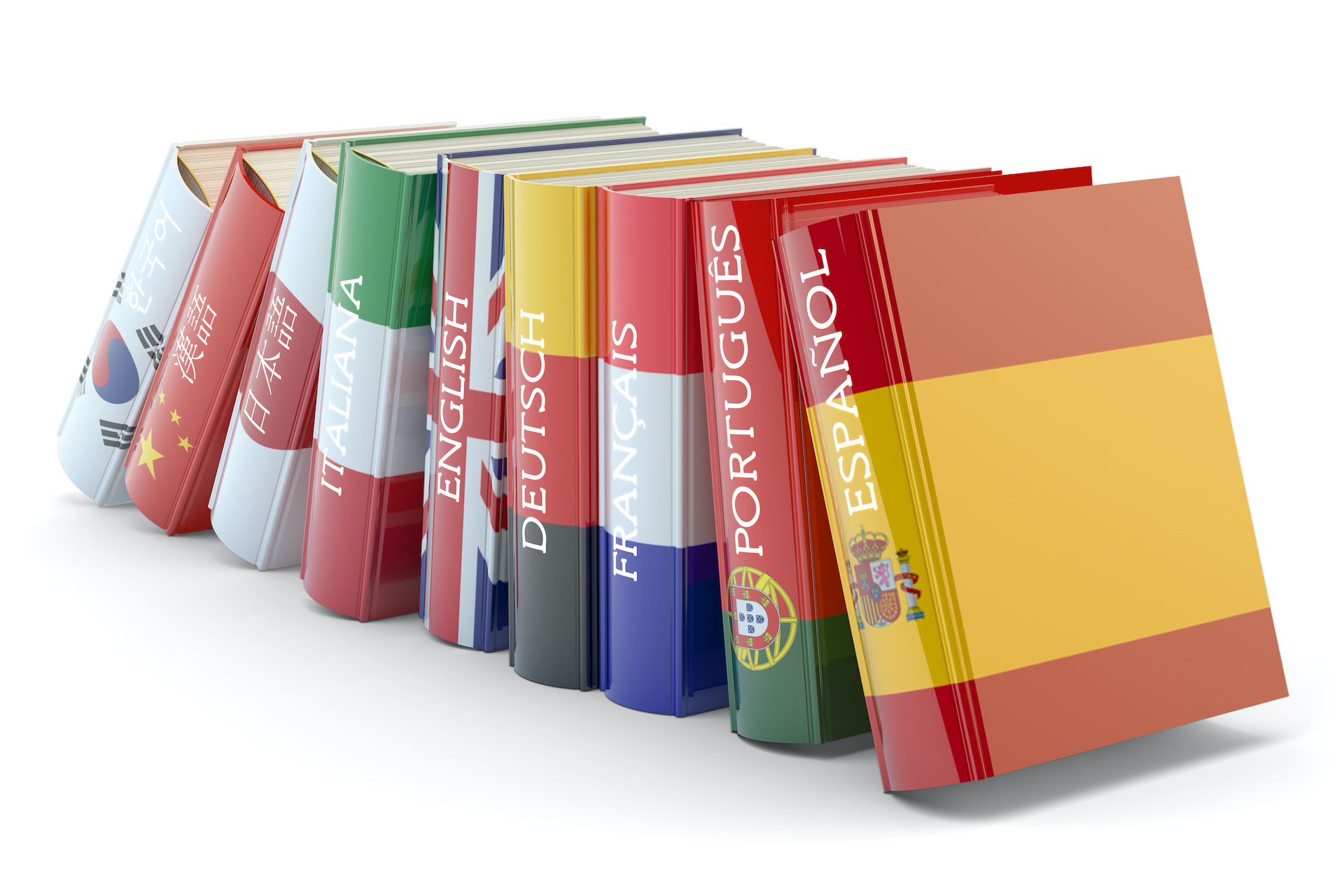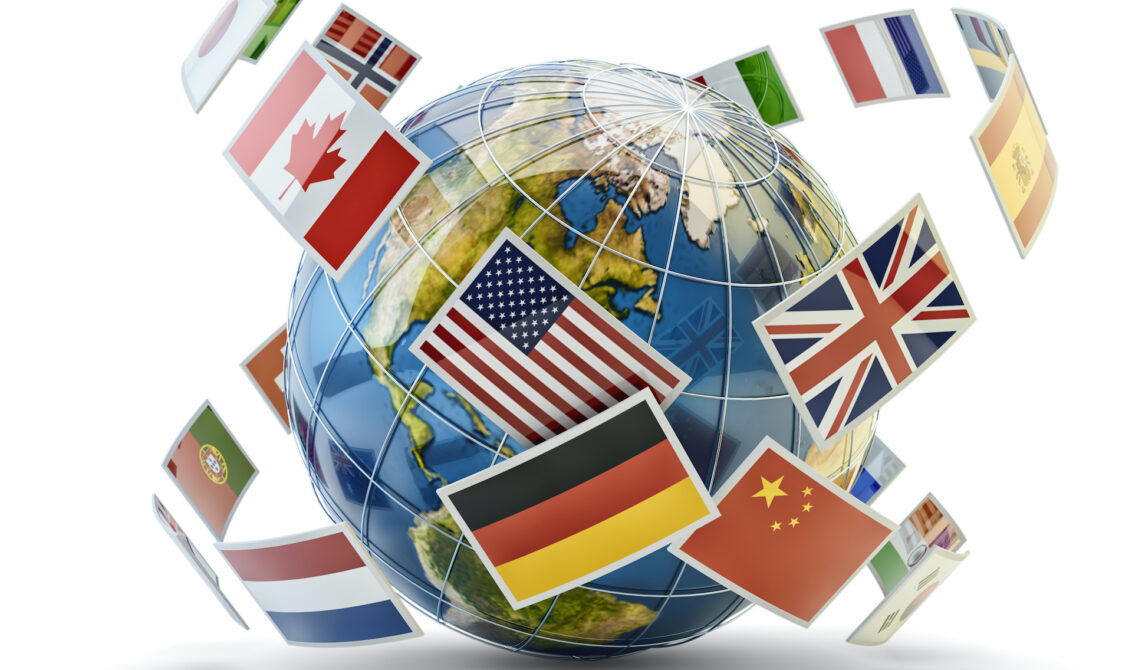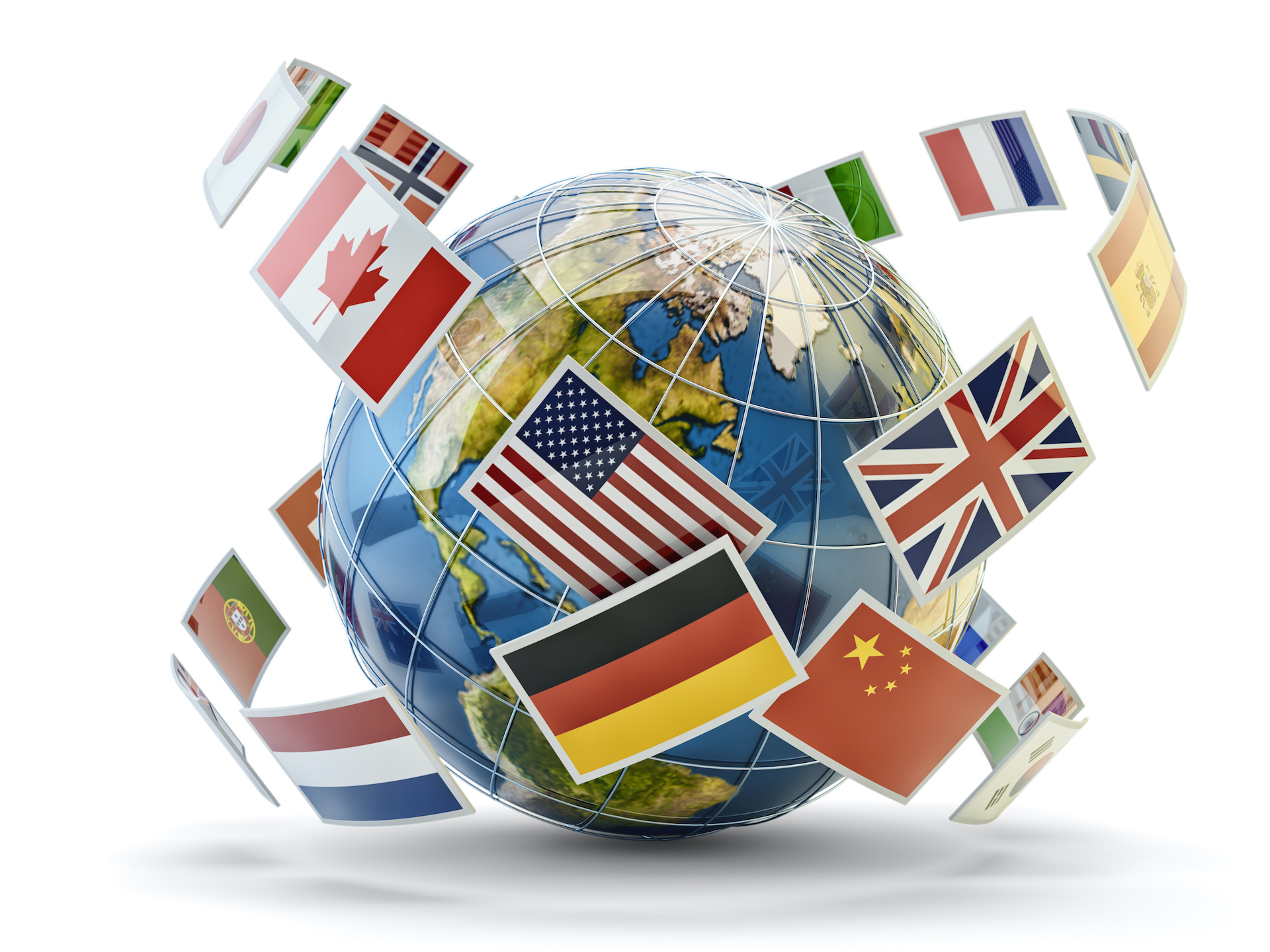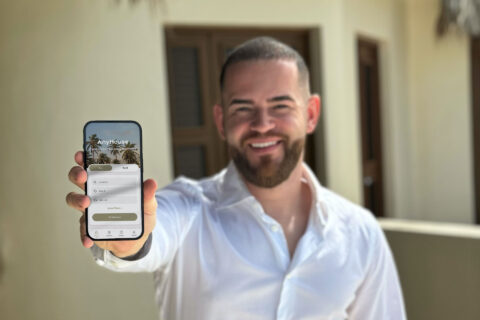Entrepreneurs and organizations often consider English to be not just the dominant global business language – but the only one.

While it’s true that English is still the dominant language, it’s not the only one. Mandarin, Spanish, Hindi, Urdu, and French are also very common business languages.
Yes, it’s true that many people in other countries also speak English. But that’s not a luxury you can rely upon; nor is it a great start to showing respect for consumers or professionals whose first language is not English.
Respect goes a long way
Aside from showing basic respect, the key reason for transacting business in the language of your business partner, remote worker, customer, or prospect is not just relationship building, but revenue-producing.
The process of penetrating new markets with different native languages or cultural values can be quite tricky, aside from using the native language. Very often, companies will invest heavily in a new market without proper preparation. Rushing into these initiatives is usually a recipe for losing your investment and for potentially irreparable damage to your brand name overseas.
There is no shortage of examples of business owners who learned the hard way that even small language mistakes can cause irreparable damage to your company’s name. Countless expansions into foreign markets have failed due to poor or confusing messaging, awkward product names, or a simple inability to work efficiently with local suppliers and producers.
Localization mistakes can kill a launch
One of the biggest mistakes companies make in this area is lacking cultural understanding.
For example, American Motors named its Puerto Rican entry car the Matador. While in English, a matador refers to a bullfighter, which may sound appealing, in Spanish, it is also a word for “killer.”
Finnish cell phone maker Nokia introduced a hot new smartphone, the Lumia, without realizing that the word translates to “prostitute” in Spanish.
“Finnish cell phone maker Nokia introduced a hot new smartphone, the Lumia, without realizing that the word translates to ‘prostitute’ in Spanish.”
There are countless examples of easy-to-avoid translation mistakes that have cost companies millions and damaged their brand image for decades.
Do you know that there are four different tones in Chinese? Using the wrong one could conflate your brand messaging with death, but knowing the different tones could help you associate your brand with luck and prosperity.
So, it’s not rare for poor translations to either drive away potential buyers or stops a business from attracting key talent. There is a real danger that poor translations can significantly harm or hamper your investments and initiatives.
Preparation and partnership are key
By the time you enter a new market, you should be ready to think, speak and operate as effectively as any native business in that country. Pay extra attention to the market’s culture, language, traditions, and laws.
One survey of 3,000 global consumers found that 60% of online shoppers wouldn’t buy from a brand that presented its products only in English.

To properly begin this process, partner with culture and language experts, preferably native speakers, who are familiar with the region, local dialects, and slang in order to properly localize your brand’s marketing efforts to the target audience.
The good news is, that the cost of localizing your content won’t change much between languages (translating a website into Spanish, for instance, won’t be much different monetarily from translating a site into German).
Consider the customer journey
From the moment a customer clicks onto your site or opens an email, you should be speaking to them in a way that resonates with their wants, as well as their language and culture.
The customer journey doesn’t have to be the same for each country. Figure out what you’re trying to sell and to whom, and evaluate what you need to accomplish this. In some cases, creating a simplified or abridged customer journey that’s more manageable for a new venture will help cut costs and keep you from being overwhelmed.
Also, consider what happens to your content after translation. Will your designers be trying to match graphics and images to content that they can’t read? Shooting in the dark like this can, of course, cause many issues. If you’re working with a translator or cultural consultant, consider bringing them into the design phase so the words make sense when they’re being put to a page or a website.
Don’t rush into new markets. Study the culture, plan around their business ecosystem, and prepare to communicate in the target audience’s language. The more time you take to understand and be a part of a culture, the more likely you are to find success in that market.
Salvador Ordorica is the founder and CEO of The Spanish Group LLC, an INC 5000 recognized enterprise offering expert translations in 90 languages globally. He is fluent in English, French, and Spanish and is learning Mandarin Chinese and Portuguese. He graduated cum laude with dual bachelor’s degrees in Political Science and International Affairs from the University of California Irvine and has studied at Universidad Complutense de Madrid in Spain and Institut d’études politiques de Paris. He is an active member of the honor society Phi Beta Kappa and a frequent traveler.
© YFS Magazine. All Rights Reserved. Copying prohibited. All material is protected by U.S. and international copyright laws. Unauthorized reproduction or distribution of this material is prohibited. Sharing of this material under Attribution-NonCommercial-NoDerivatives 4.0 International terms, listed here, is permitted.














